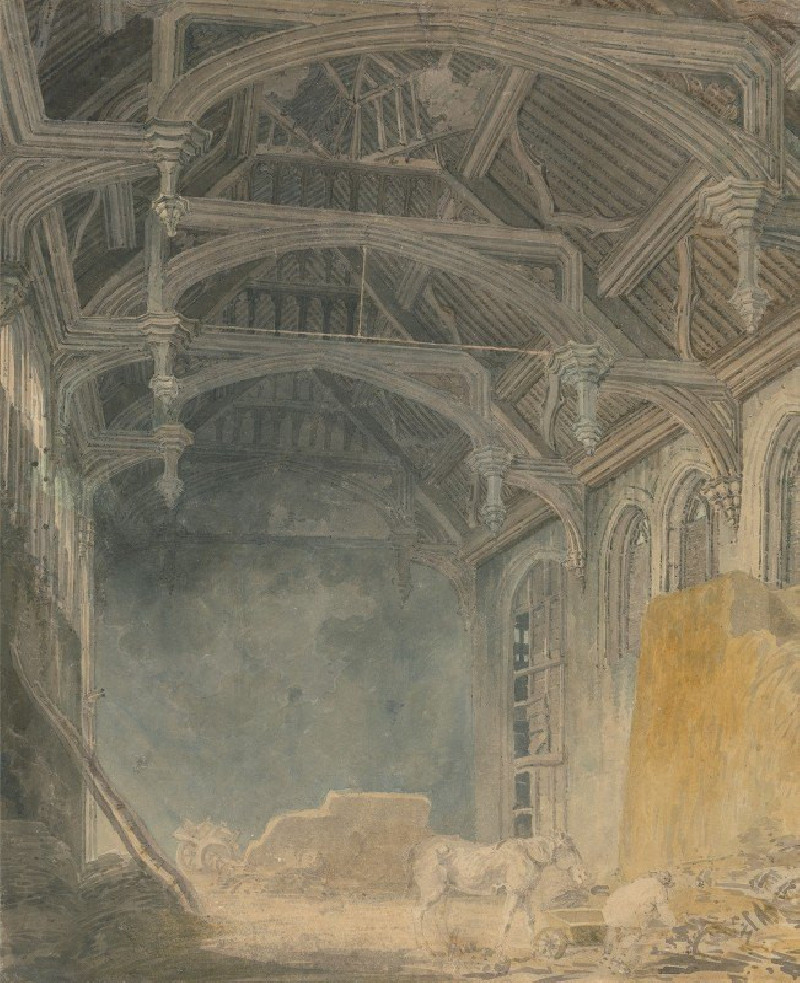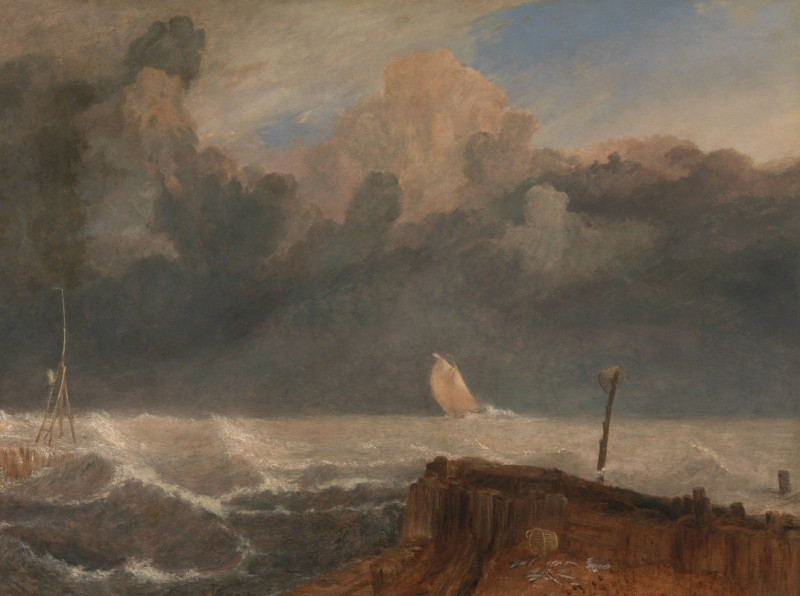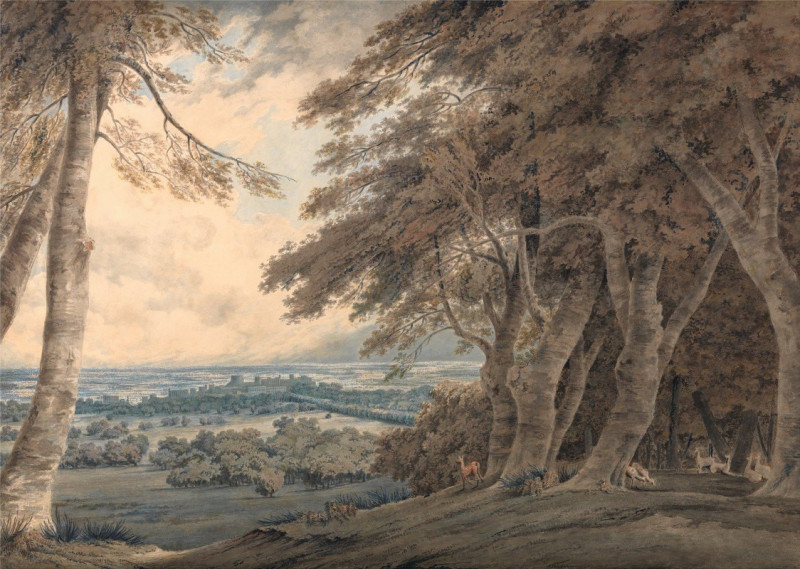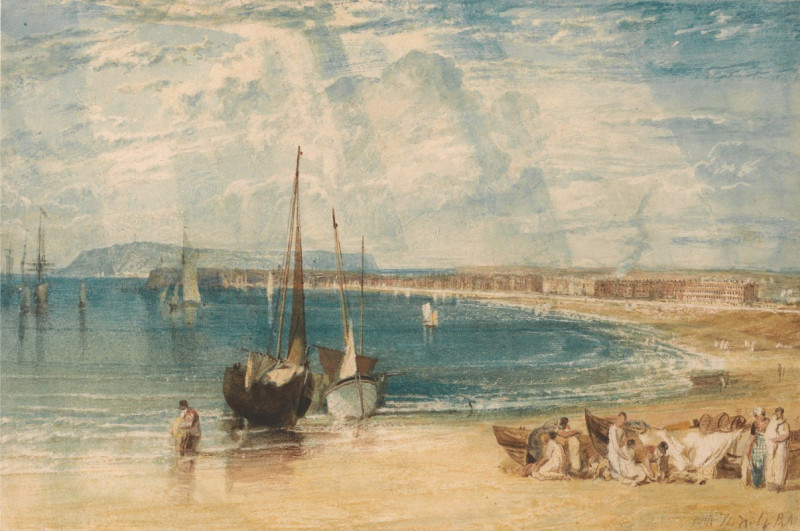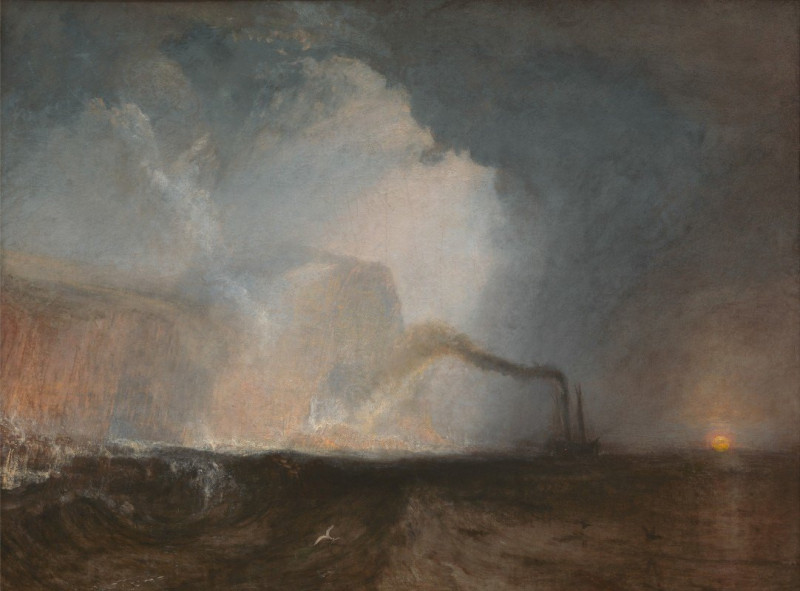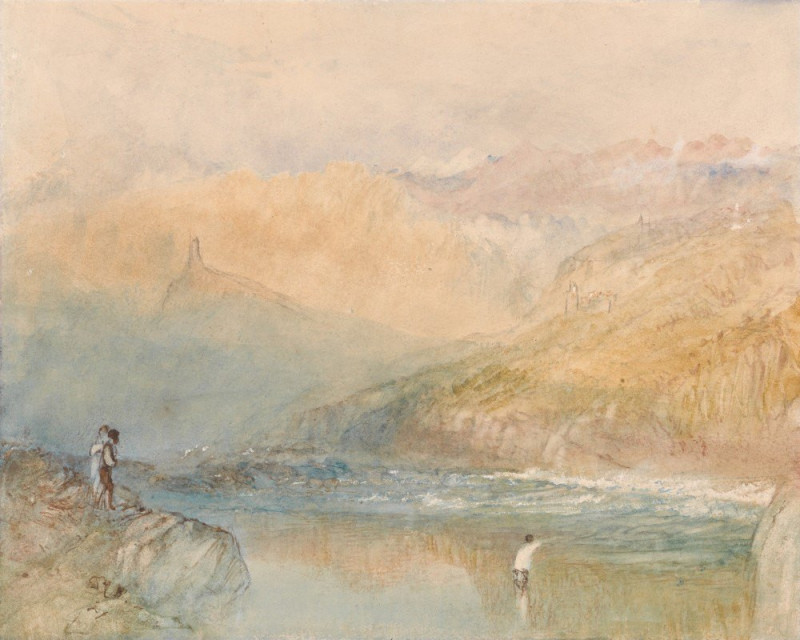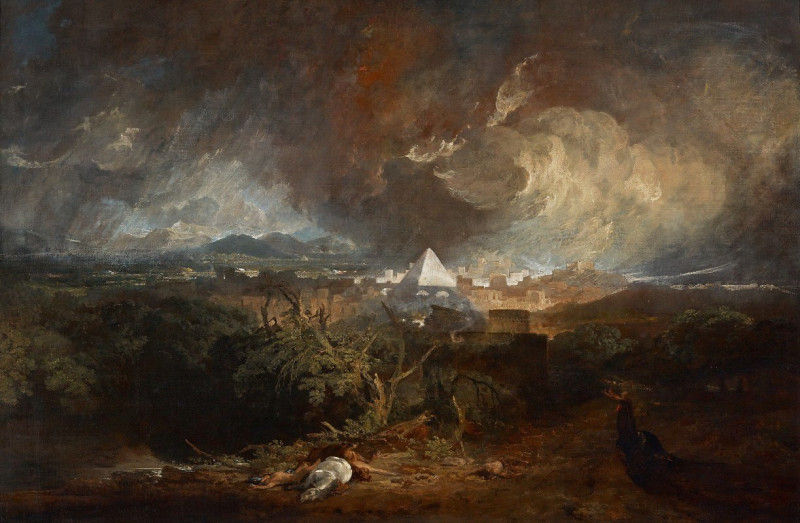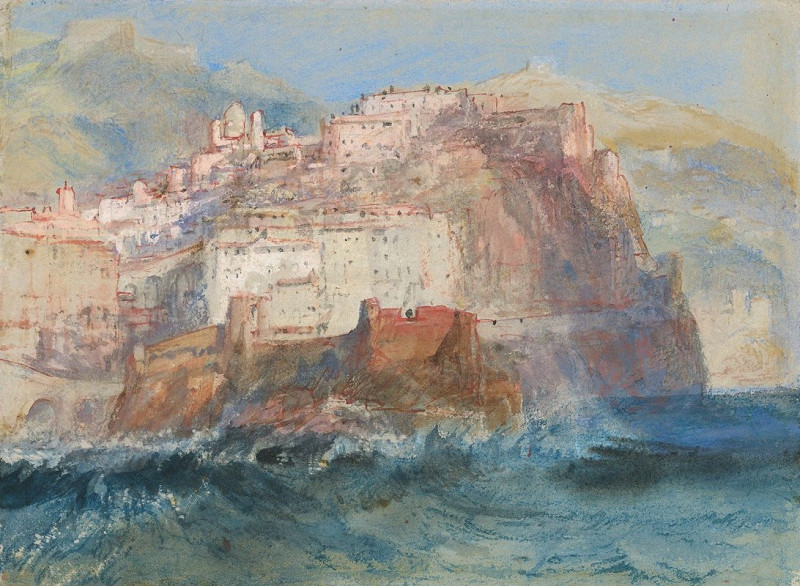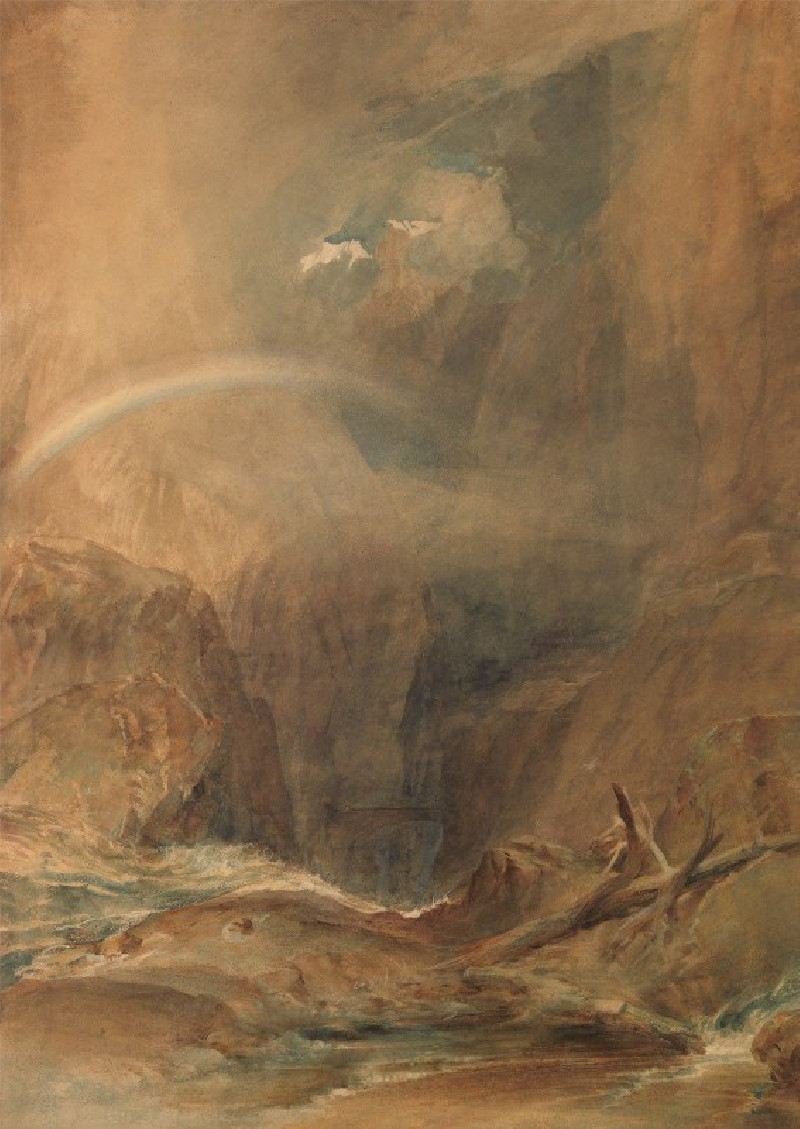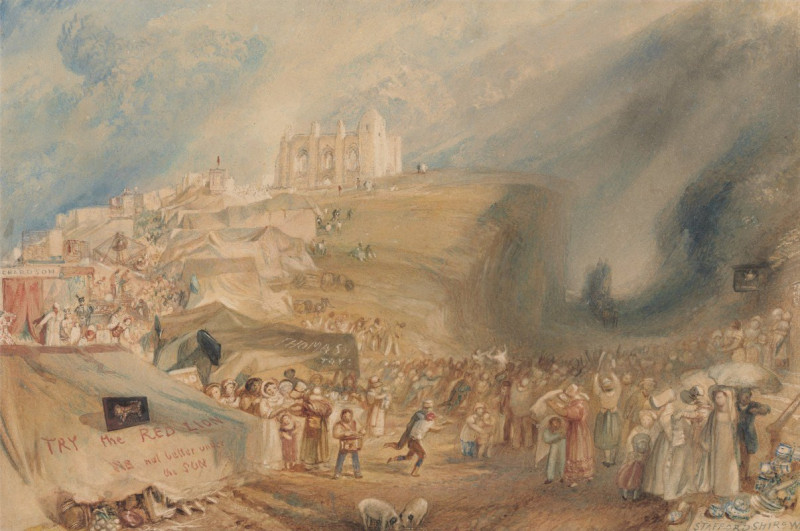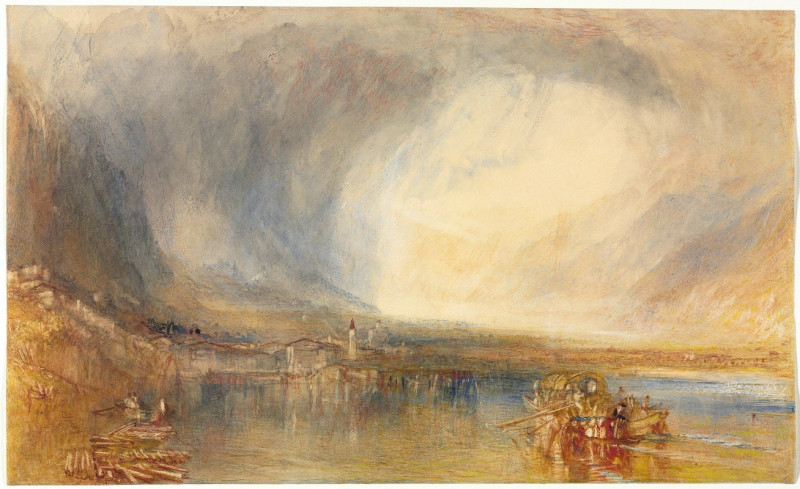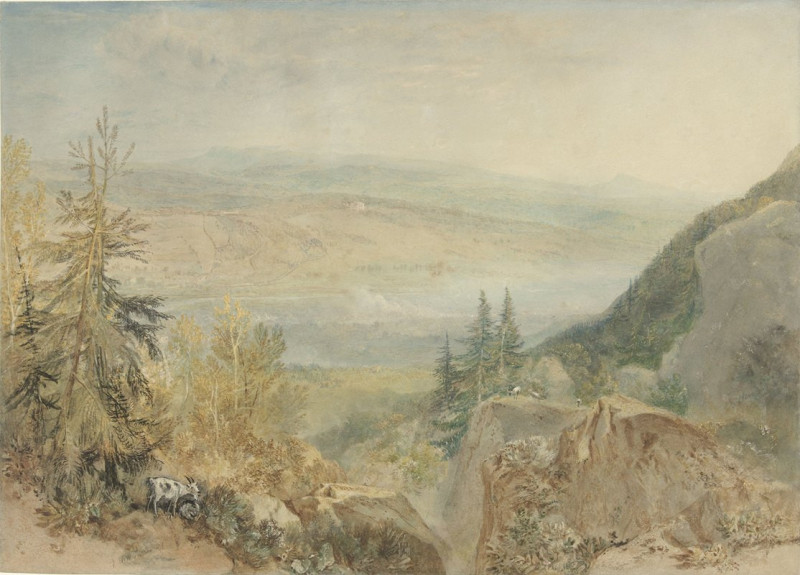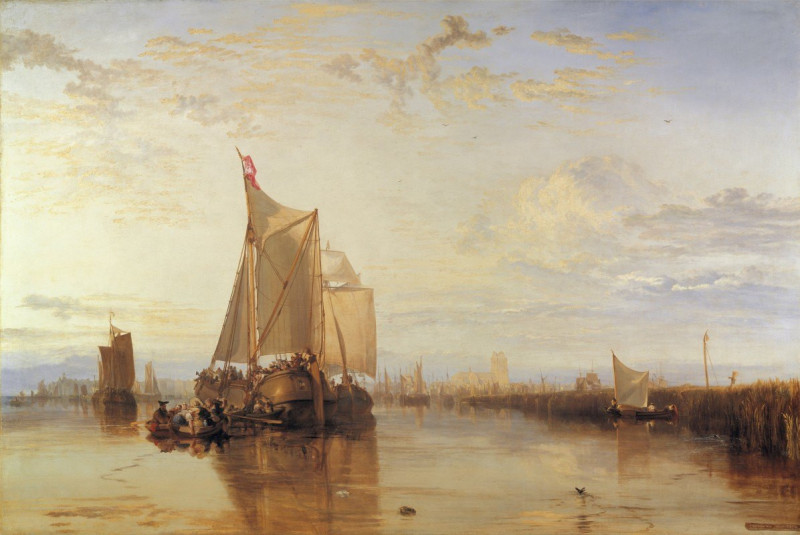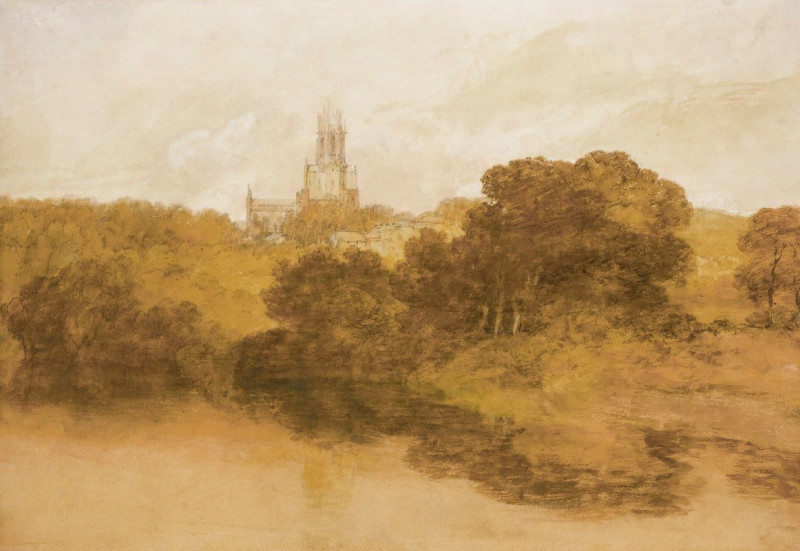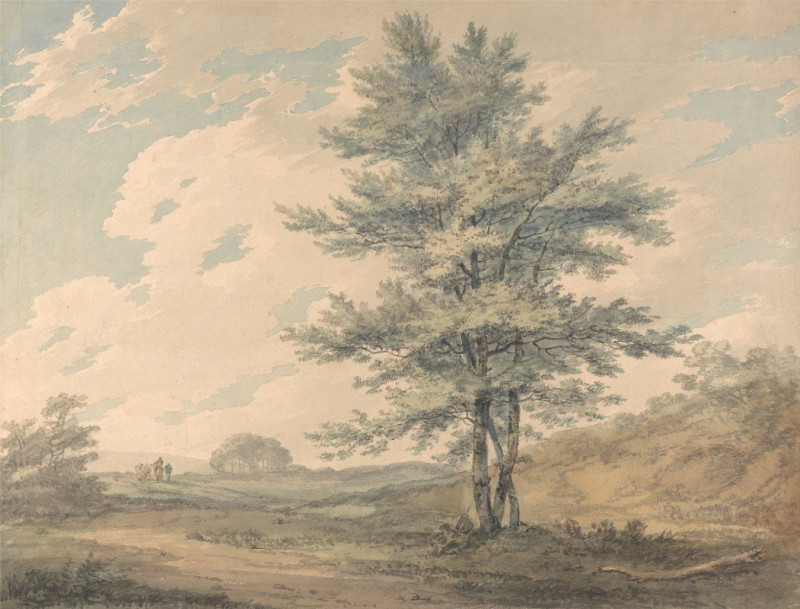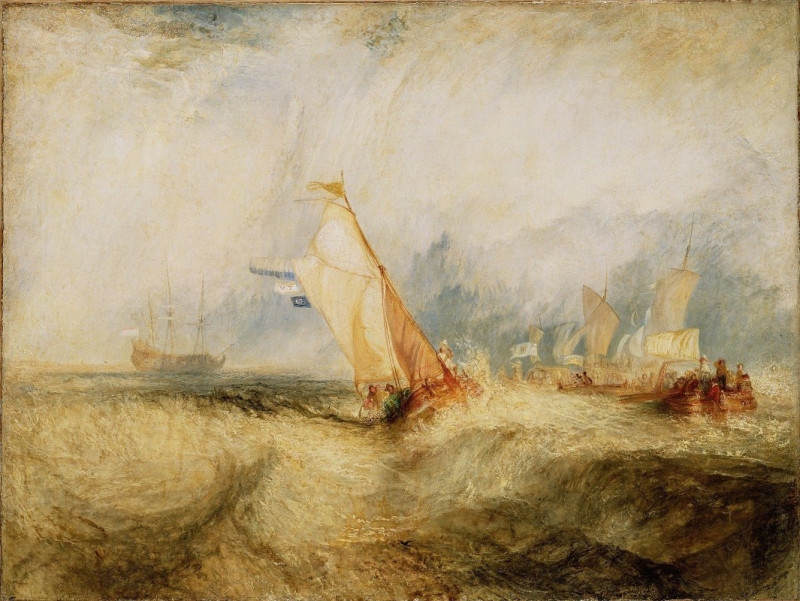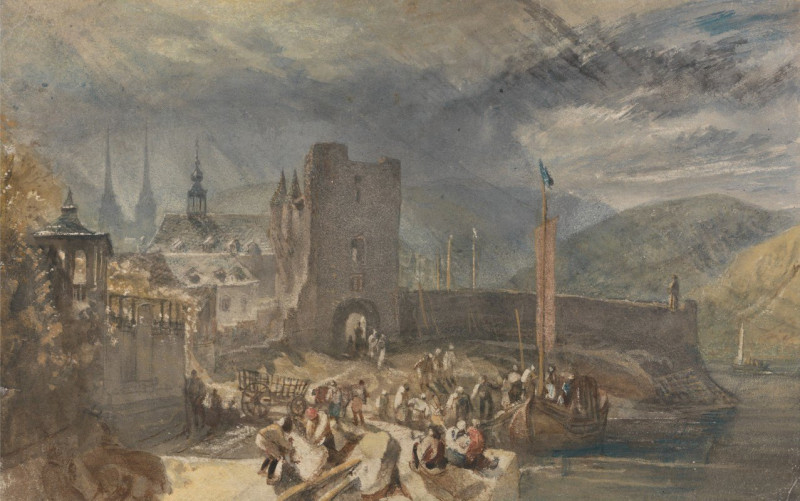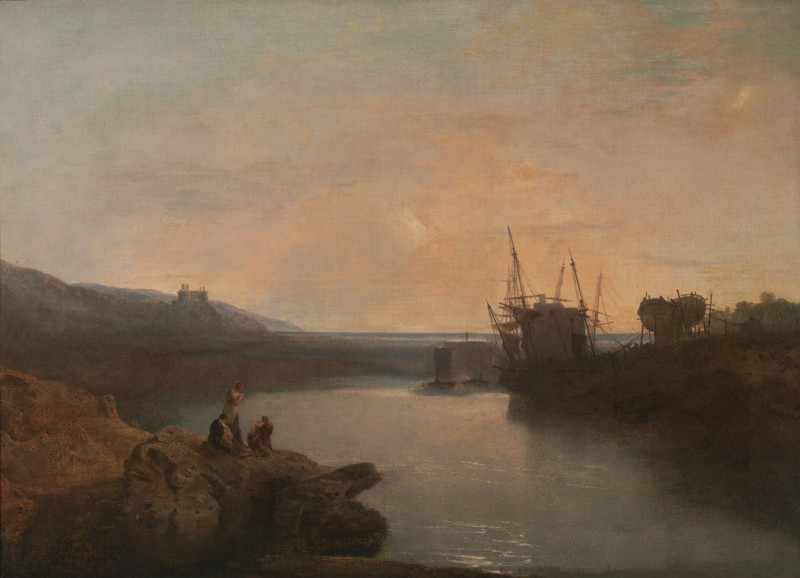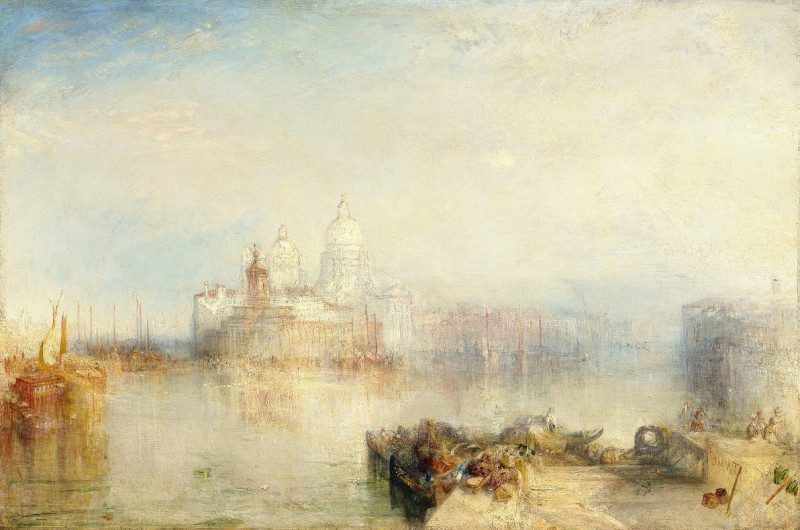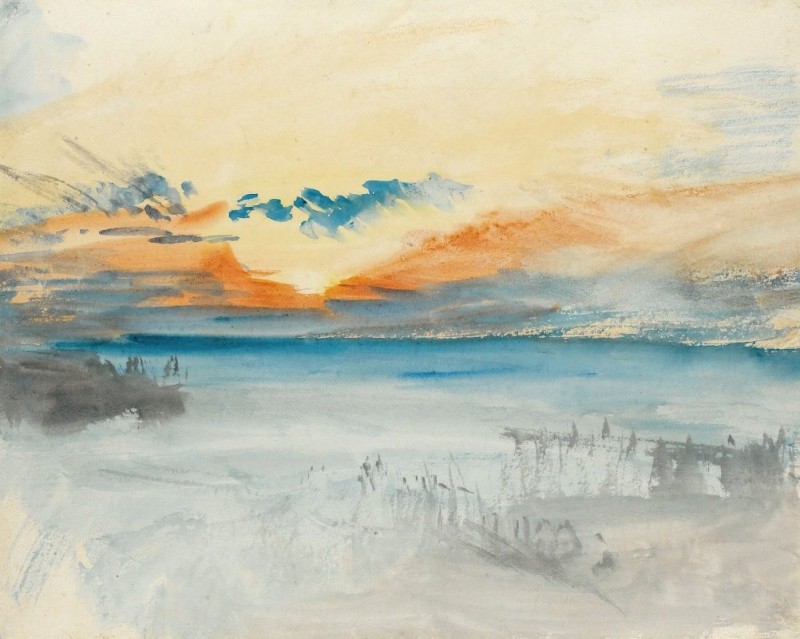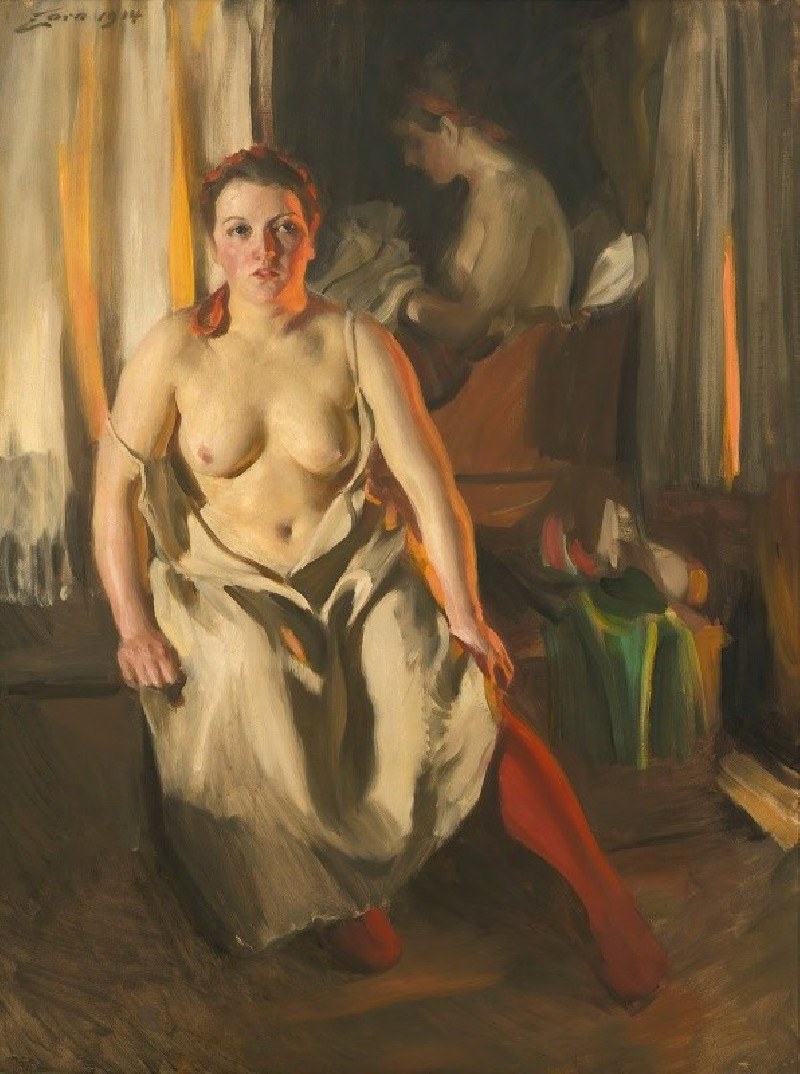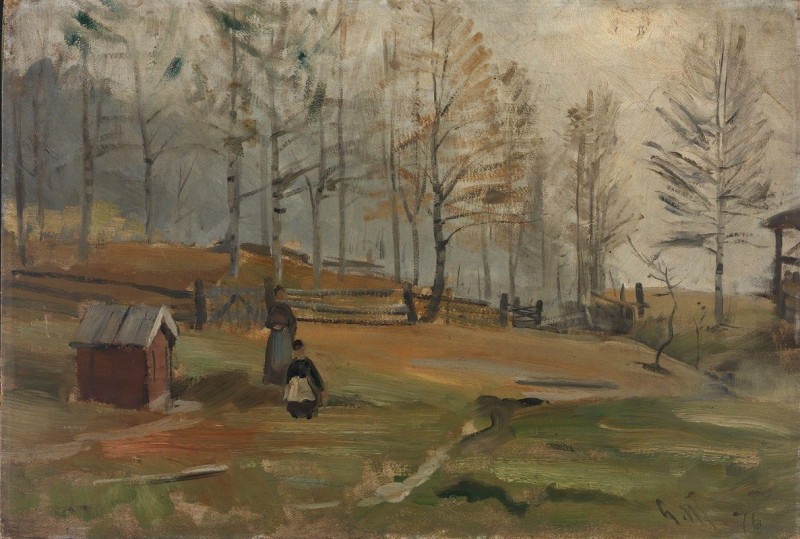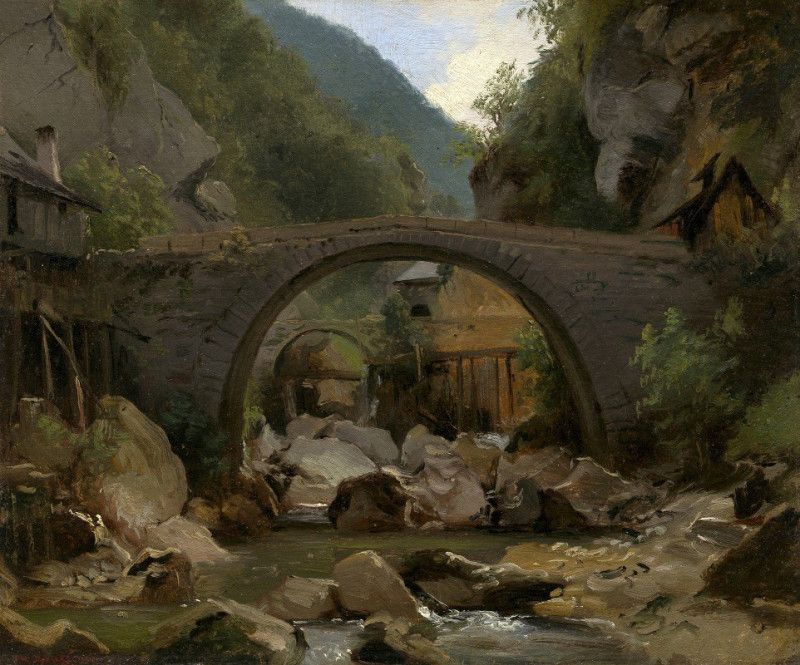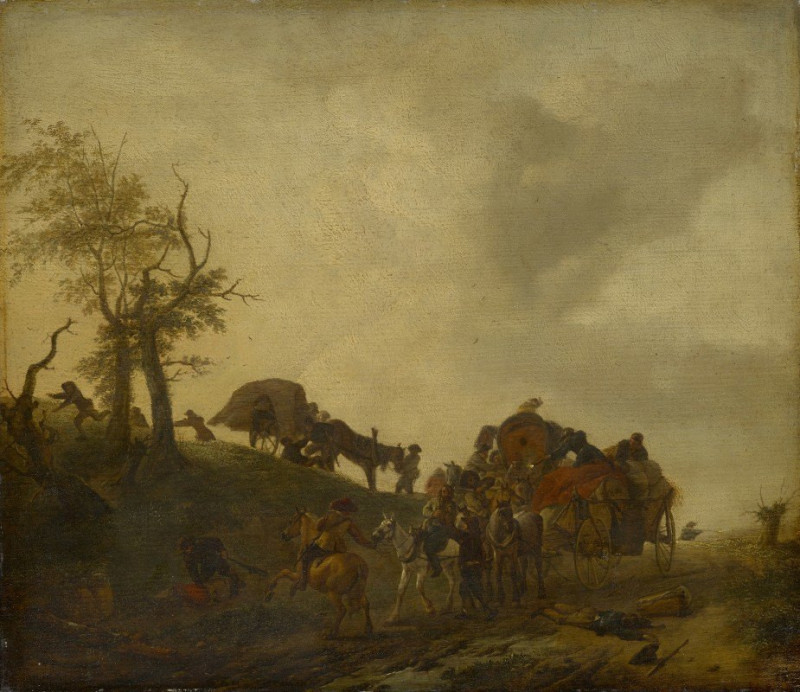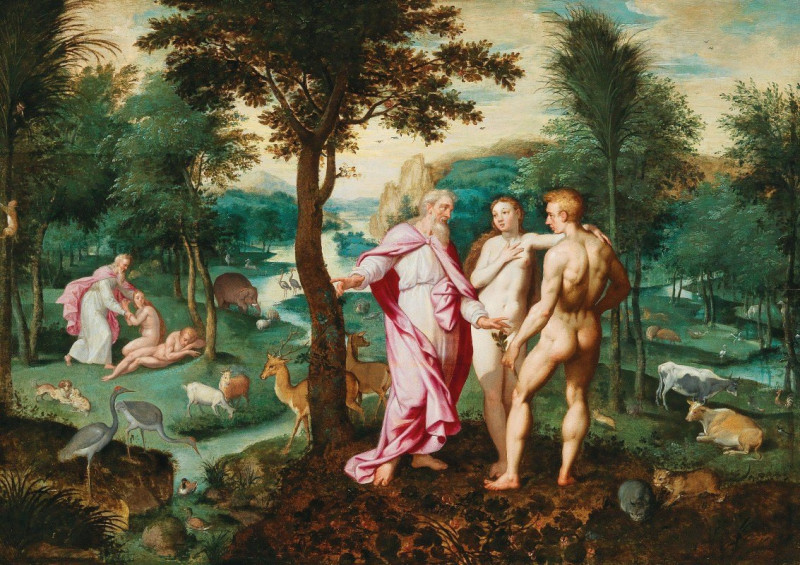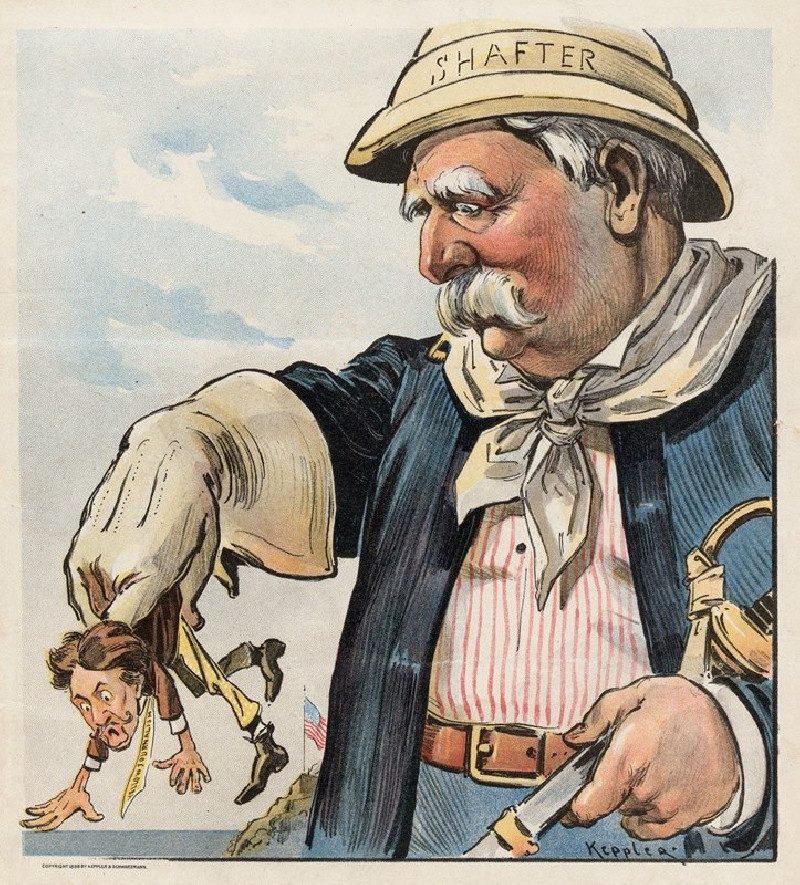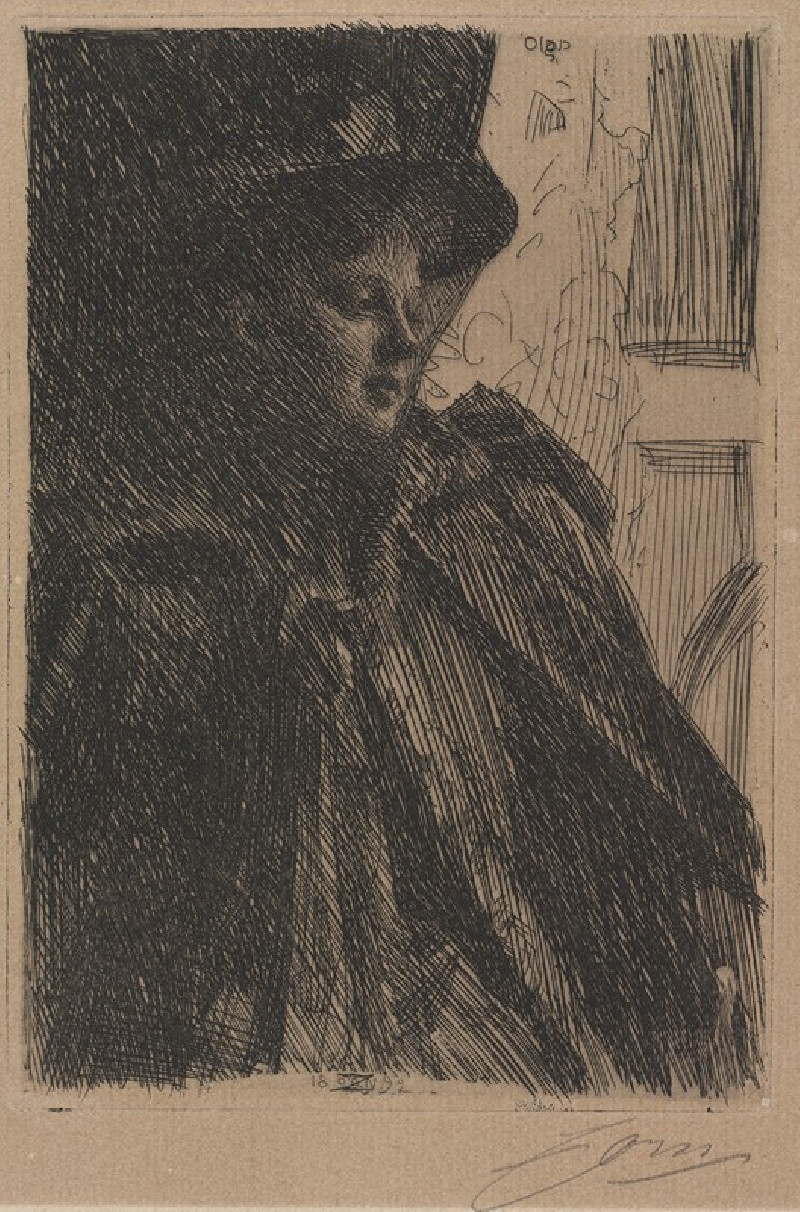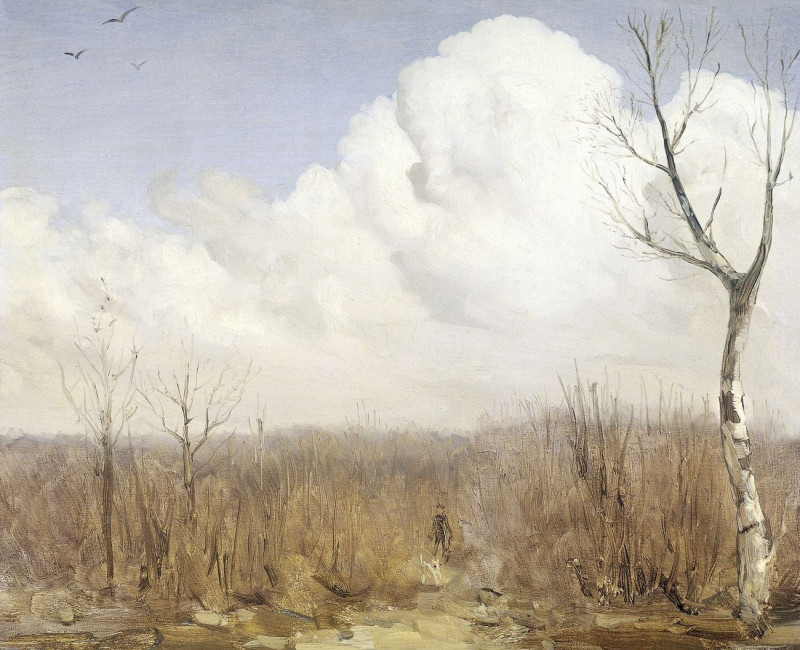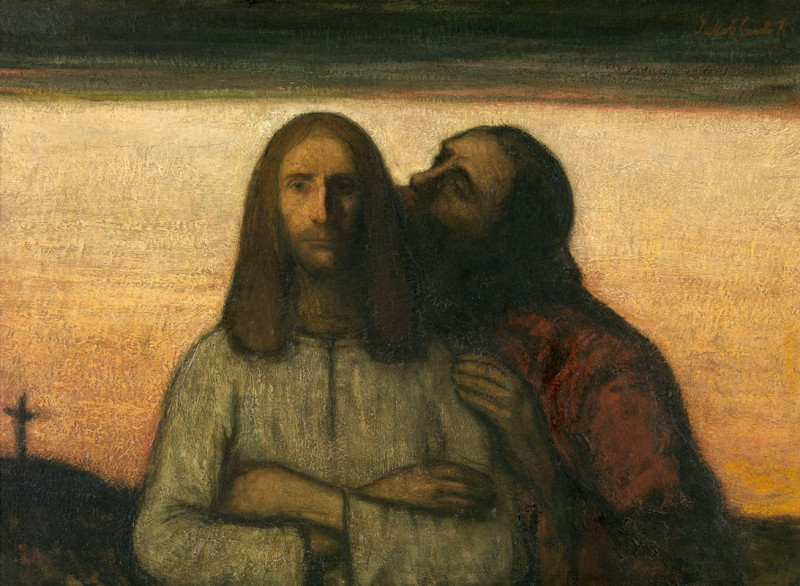Interior of St. John’s Palace, Eltham (ca. 1793)
Technique: Giclée quality print
Recommended by our customers
More about this artwork
by Joseph Mallord William TurnerThe captivating artwork "Interior of St. John’s Palace, Eltham" by the esteemed English painter Joseph Mallord William Turner, painted circa 1793, offers viewers an evocative glimpse into the past. This piece masterfully illustrates the grandeur and subsequent decay of historical architecture, highlighting Turner’s early fascination with the interplay of light, shadow, and structure.In this painting, the artist transports us inside the ruins of St. John’s Palace, Eltham. The focus is on the magnificent, yet weathered, Gothic arches and intricate rib vaults that dominate the ceiling. Turner’s use of a muted palette emphasizes the textures and patterns of erosion visible on the stone. The vast space, partly illuminated by natural light filtering through tall, arched windows, creates a haunting atmosphere indicative of forgotten splendor.Adding a touch of life to the otherwise desolate scene are two horses, which appear almost ghostly in their subtle rendering. Positioned near the center, these figures contribute a dynamic element, suggesting the continued passage of life amidst historical decay. The presence of hay and a makeshift wooden barrier further indicate that the space, once noble, now serves a more utilitarian purpose.Through "Interior of St. John’s Palace, Eltham," Turner not only captures the physical beauty of architectural ruins but also evokes reflections on time, history, and nature's reclamation of human creations.
Delivery
Returns
Joseph Mallord William Turner RA, known in his time as William Turner, was an English Romantic painter, printmaker and watercolourist. He is known for his expressive colourisations, imaginative landscapes and turbulent, often violent marine paintings. He left behind more than 550 oil paintings, 2,000 watercolours, and 30,000 works on paper. He was championed by the leading English art critic John Ruskin from 1840, and is today regarded as having elevated landscape painting to an eminence rivalling history painting.

